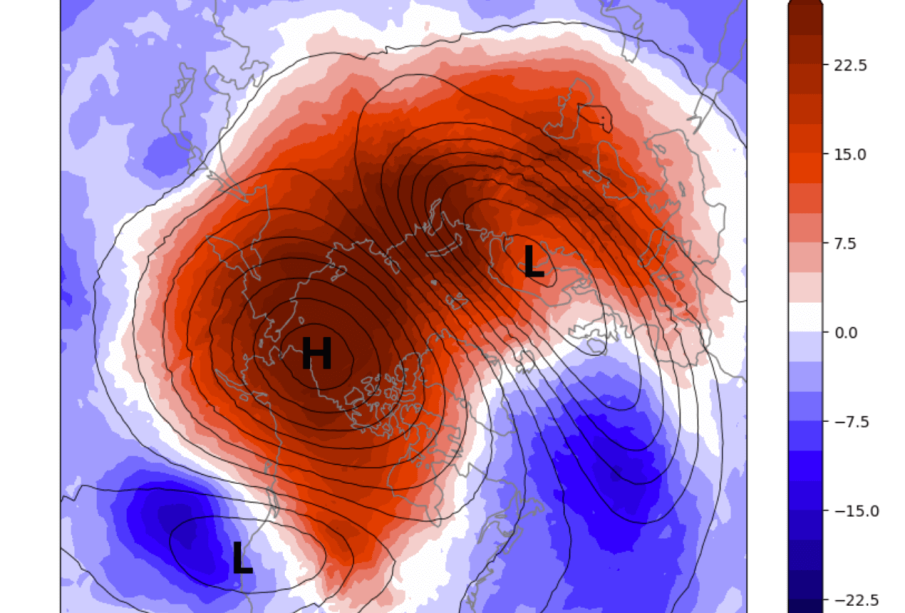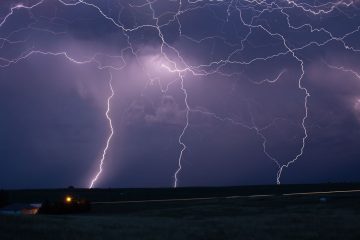Understanding the Polar Vortex Collapse Weather Forecast

Introduction
The polar vortex, a large area of low pressure and cold air surrounding the Earth’s poles, significantly influences winter weather patterns across the Northern Hemisphere. A collapse of the polar vortex is a phenomenon that can lead to extreme weather conditions, including unseasonably intense cold spells and increased snowfall in temperate regions. Understanding this event is essential for meteorologists and the general public as it can inform preparation for potential severe weather.
What Is a Polar Vortex Collapse?
A polar vortex collapse occurs when the vortex weakens or disrupts, causing frigid air that typically stays isolated near the poles to spill into lower latitudes. This can lead to dramatic shifts in weather, often resulting in severe cold snaps in places that normally experience milder winters, including parts of Canada and the northern United States.
Current Conditions and Forecast
As of mid-November 2023, meteorologists are closely monitoring the polar vortex, which shows signs of potential collapse. The latest models indicate that the stratospheric winds, which usually keep the polar vortex intact, have weakened significantly. This situation could lead to colder air spilling southwards into the continental U.S. and Canada over the next several weeks.
Recent temperature readings in northern Canada are unusually low, with some areas experiencing temperatures up to 15 degrees Celsius below normal for this time of year. Forecasters predict that, if the polar vortex does indeed collapse, regions as far south as the Midwest could see substantial drops in temperature, with frost and snow becoming more common.
Impact on Weather Patterns
The fallout from a polar vortex collapse can have rippling effects on weather systems. In addition to colder temperatures, there may be increased precipitation in the form of snow, especially in the Great Lakes and northeastern U.S. areas. The unpredictability of this weather phenomenon also complicates forecasting, making it crucial for residents to stay updated through reliable weather services.
Conclusion
In conclusion, the potential collapse of the polar vortex this winter poses significant implications for weather patterns across much of North America. Individuals should remain informed and prepared for extreme cold weather and possible disruptions. As we move into the winter months, continued monitoring and research on the polar vortex will be essential to provide accurate forecasts and mitigate the impact of potential cold outbreaks. With climate trends shifting, understanding the dynamics of the polar vortex will become increasingly important for communities dealing with unpredictable winter weather.







